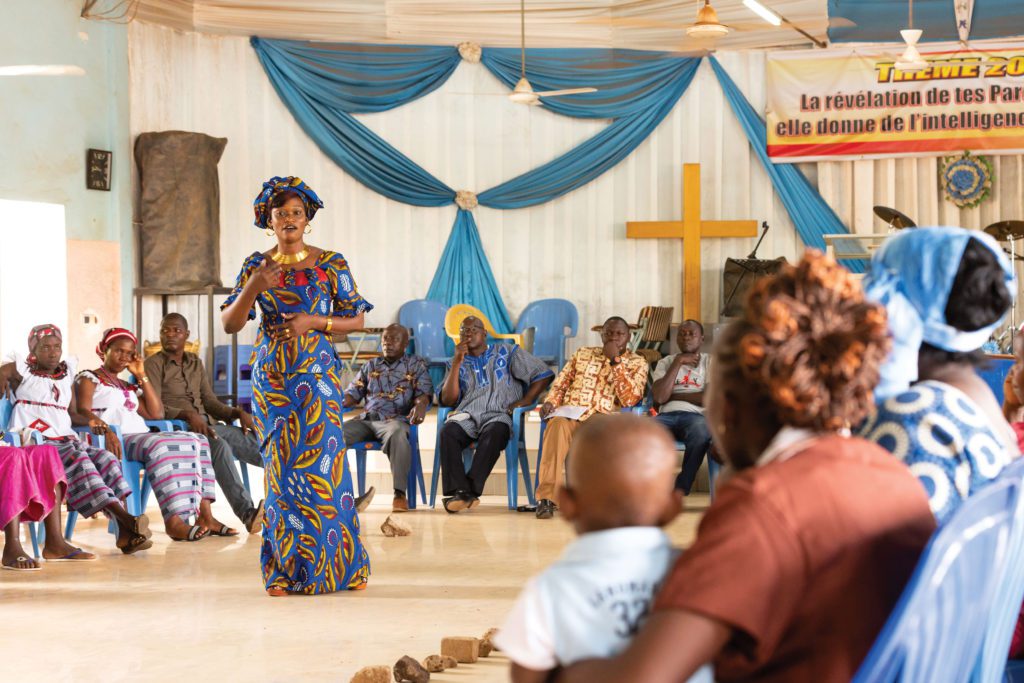Communicating Christ through Story and Song: Orality in Buddhist Contexts
by Paul De Neui, ed.
Communicating Christ through Story and Song; Orality in Buddhist Contexts is a collection of papers presented by practitioners working among Buddhists.
William Carey Library, 1605 E. Elizabeth Street, Pasadena, CA 91104, 2008, 272 pages, $20.99.
—Reviewed by Nancy Sturrock, senior director for consulting networks, TEAM; former general secretary of the Central Asia Fellowship (CAF).
The slow, rhythmic chant of monks reciting Buddhist scriptures is heard in the background any time one visits a Tibetan monastery. These Buddhists believe that the sound of the words as they are pronounced is as important as their meaning. The traditional storyteller, song and dance troupes, and community and religious leaders of Buddhist communities all utilize oral media to convey their messages. In recent years, Christians have begun to recognize the importance of utilizing various forms of oral communication to share the good news with peoples of oral cultures. Communicating Christ through Story and Song; Orality in Buddhist Contexts is a collection of papers presented by practitioners working among Buddhists. These were presented at a missiological forum of over one hundred participants from more than sixteen countries. Each paper reflects the style and background of the individual presenter.
Drawing on personal experience in places like Thailand, Sri Lanka, Cambodia, and China, each paper is rich with examples and testimonies of the use of stories, drama, song, and poetry. When used in their local context, these forms have proven to be extremely effective in showing people that the gospel is meant for them. When set to a well-loved folk tune or described through poetry using effective wordplay, the gospel message suddenly becomes local rather than foreign and unfamiliar.
The first five papers give the theological foundations of orality in Christian communication. Dr. Alex Smith gives an overview of the missiological applications of orality. Dr. David Lim reminds us of the importance of truly engaging with cultural issues. Dr. Frances Adeney looks at ritual speech and describes how learning takes place among oral people. Dr. Miriam Adeney gives an engaging challenge to combine oral media with appropriate content. Missiologist Terry Muck warns of some of the abuses in oral communication and reviews several reasons why the gospel has failed to reach Buddhist peoples. The second set of papers present cases of hope illustrating the application of principles of oral communication. Among these is the compelling story of Barnabas Man, who lived through the tragic Pol Pot regime in Cambodia. John Oswald tells of young Tibetan believers using familiar tunes and forms to express their hearts of worship.
This collection is the best so far of the volumes resulting from the SEANET forums. It is highly recommended for anyone contemplating service among Buddhist peoples and for those looking for relevant ways to share their faith in Buddhist communities.
Check these titles:
Burnett, D. 2006. The Spirit of Buddhism. Oxford: Monarch Books.
Tsering, M. 2006. Jesus in a New Age, Dalai Lama World. Upper Darby, Pa.: Interserve.
…
Copyright © 2009 Evangelism and Missions Information Service (EMIS). All rights reserved. Not to be reproduced or copied in any form without written permission from EMIS.



